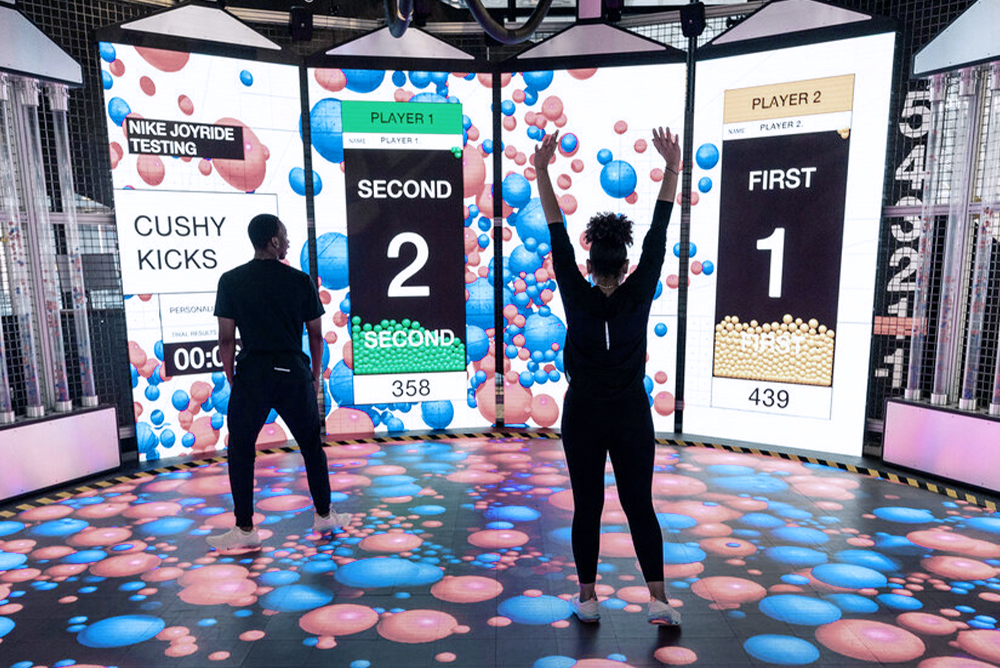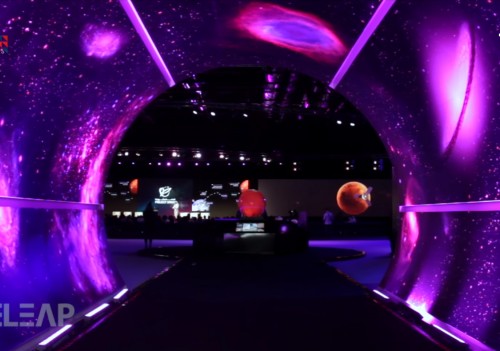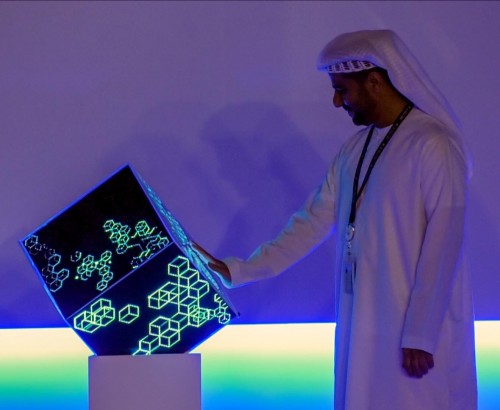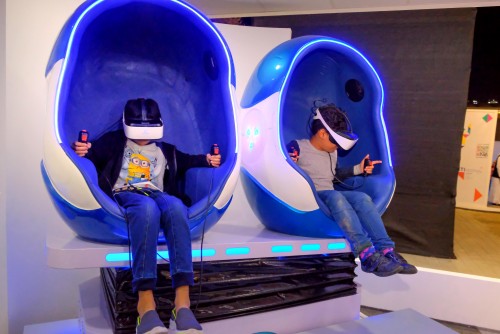Interactive LED Floor and Wall Technology - What You Need to Know

What is Interactive Floor and Wall Technology?
Interactive floor and wall technology turn your floors and walls into a dynamic display of graphics and animations by using micro-sized LEDs as pixels. The system’s software allows you to control what’s displayed on the floors and walls, allowing you to create a wide range of visuals. You can use these systems to display informational graphics, create ambient effects, broadcast messages and play immersive content to engage people on a large scale. Interactive floor and wall technology are best suited for locations where you want to: Create an engaging environment. Communicate messages to large audiences. Engage guests with immersive content.
How does Interactive Floor and Wall works?
Interactive floor and wall technology work by installing a network of tiny LEDs behind the surface of the floor/wall. The LEDs are usually embedded in a thin layer of epoxy, which is then covered with a special coating to protect and diffuse the light within the epoxy. The lighting network is connected to a central processing unit (CPU) that controls the visuals. Based on the programming, the CPU sends signals to the LEDs to turn on and off in a specific sequence. The lights display the visuals on the floor or wall. Interactive floor and wall technology can be installed indoors or outdoors, on any type of surface, including concrete, stone, tile, wood, metal and carpet. The materials used to construct the floors and walls determine the best mounting method for interactive LED panels. For example, tiles and concrete can be drilled for mounting, whereas wood and carpet need adhesive mounting.
Benefits of Interactive LED Floors and Walls
- Engagement - Lighting is one of the most used senses in human interaction. When done correctly, LED walls and floors can grab the attention of your visitors and transform their experience by bringing them into the experience more so than just passively watching a display. Whether it’s the ambient lighting around the restaurant, grabbing someone’s attention with a digital billboard in the city or immersive experiences like a VR roller coaster, LED walls and floors can be used to engage with people. - Branding - A highly effective way to make a lasting impression on your guests, potential clients and employees are through branding experiences. LED walls and floors are an excellent way to tell your story, reinforce your message and show your brand. They’re also a great way to highlight your unique qualities and provide a memorable experience. - Information - Whether you have a retail store, museum or corporate office, information is crucial for guests to understand your product, location or mission. LED walls and floors are a great way to display information in a fun, engaging way. They’re also great for dynamic information, such as stock prices, weather forecasts and more. - Visuals - Visually, LED walls and floors are hard to beat. From colorful displays to stunning videos, these systems can add captivating visuals to any environment. They’re also a great way to display large amounts of data and information.
Types of Interactive LED Screen
Interactive LED flooring - Many interactive flooring systems consist of a network of very small, low-voltage LEDs that are embedded behind a thin layer of epoxy. The LEDs are then covered with a special coating to protect and diffuse the light within the epoxy. The lighting network is connected to a central processing unit (CPU) that controls the visuals. Based on the programming, the CPU sends signals to the LEDs to turn on and off in a specific sequence. The lights display the visuals on the floor. Interactive LED walls - LED wall panels are large sections of LED screens that are installed on the interior or exterior walls. LED walls are often used for commercial applications such as billboards and retail store interiors. They can also be used for architectural applications such as museum and art gallery displays, convention center displays and public areas such as transportation hubs. LED wall panels can be purchased as individual units or in larger sizes that span the length of a wall. Panels can also be constructed by several manufacturers using a variety of materials, including acrylic, polycarbonate and glass.
Conclusion
The floor and wall technology is a new way of using LED lighting. Instead of illuminating surfaces with light, these systems use micro-sized LEDs as pixels to create dynamic visuals on the floor and walls. This system can be installed indoors or outdoors, on any type of surface, including concrete, stone, tile, wood, metal and carpet. Interactive floor and wall technology are best suited for locations where you want to create an engaging environment, communicate messages to large audiences, engage guests with immersive content and/or display information in an engaging way. These systems are a great way to transform indoor and outdoor spaces into dynamic environments that engage guests, grab their attention and create memorable experiences.







 Call
Call
 Mail
Mail